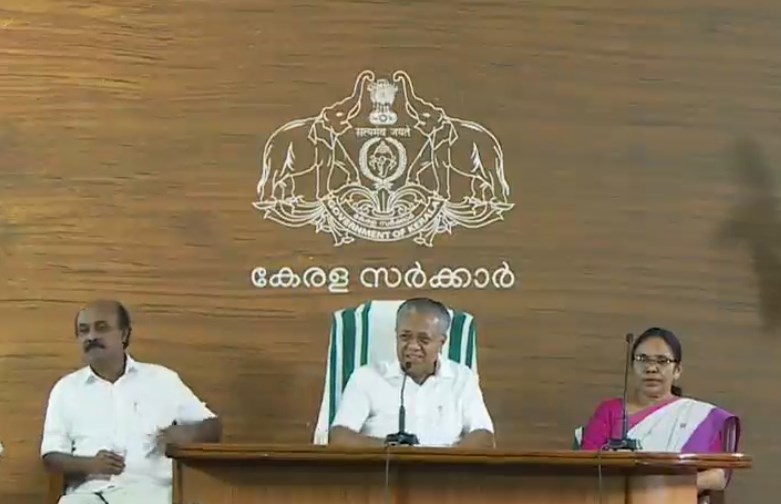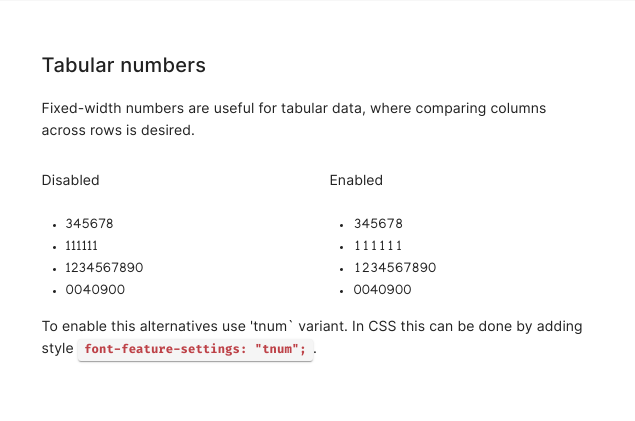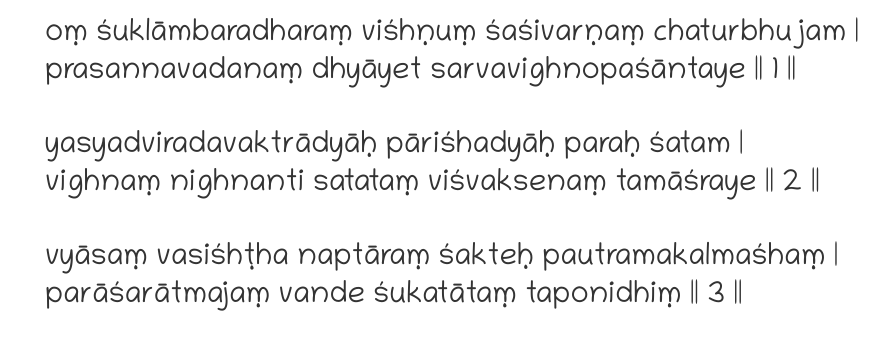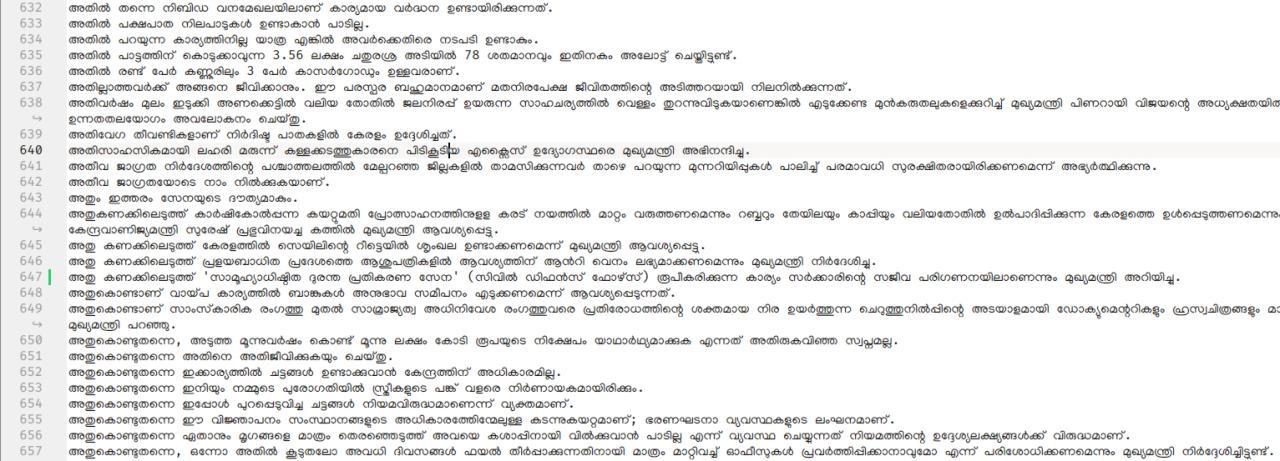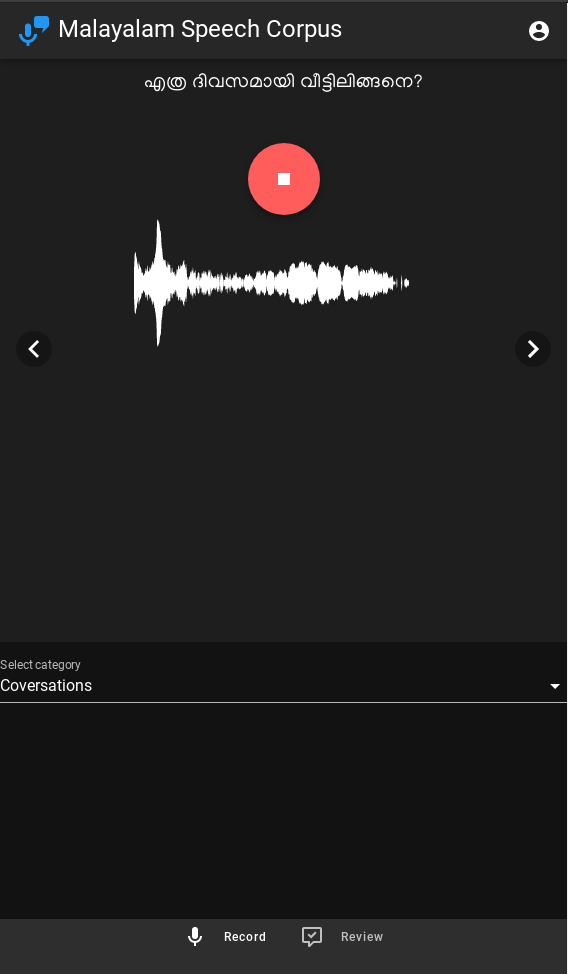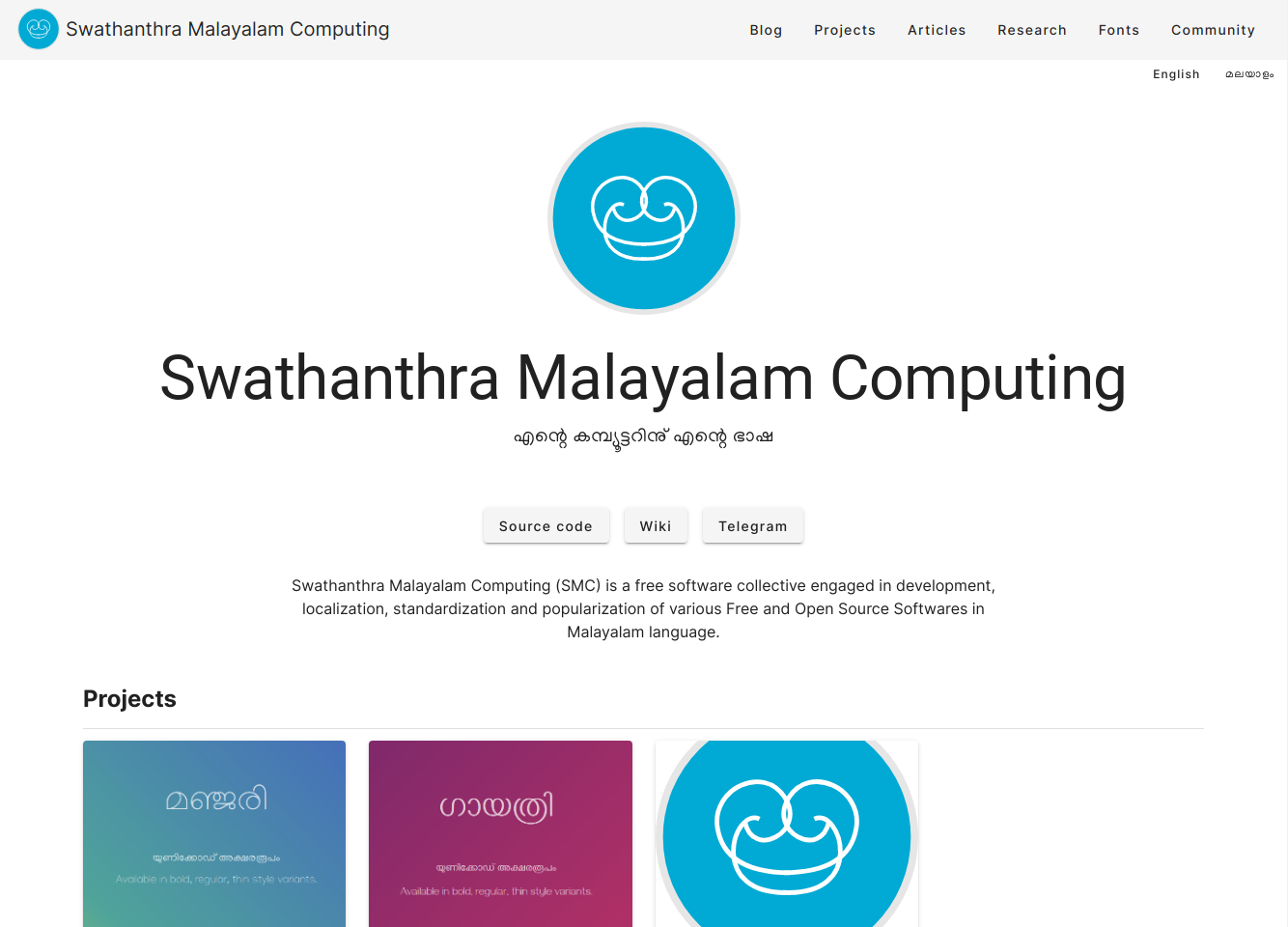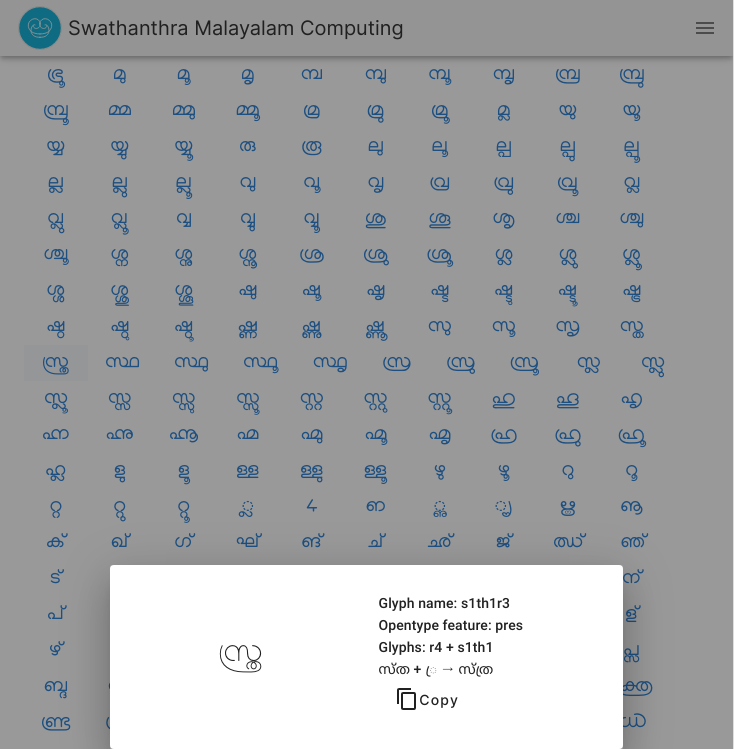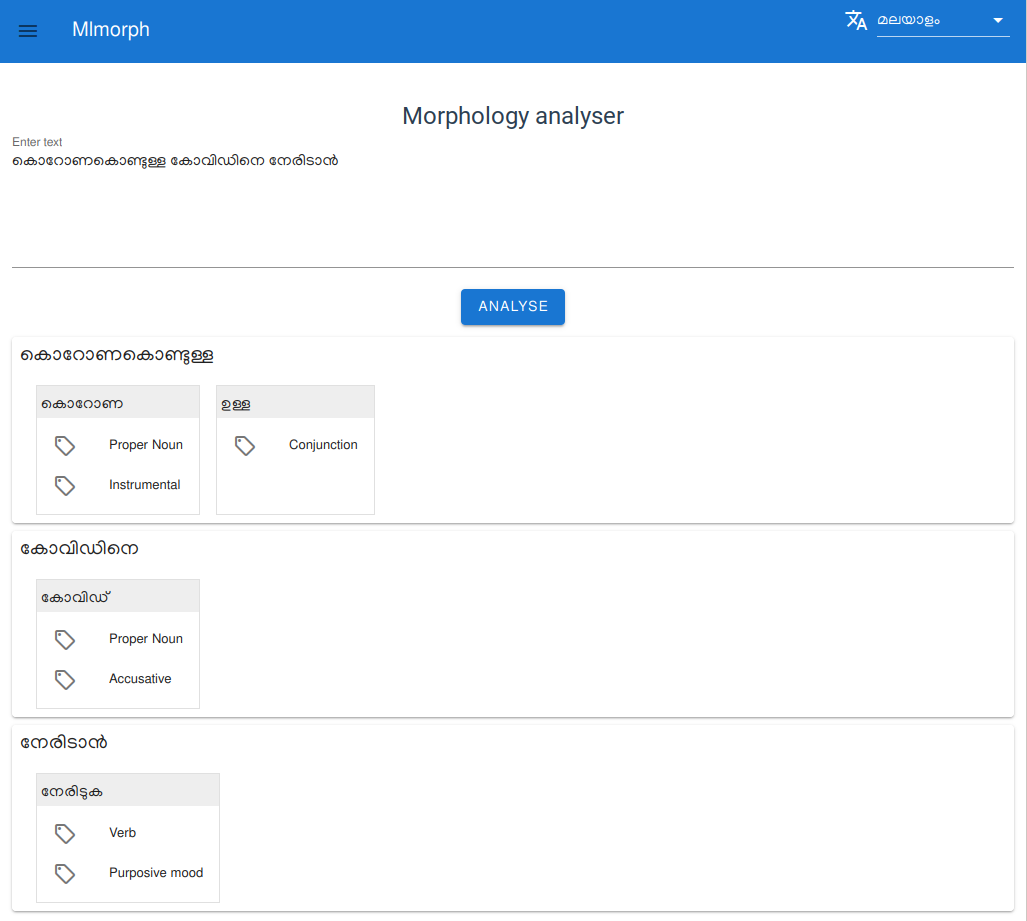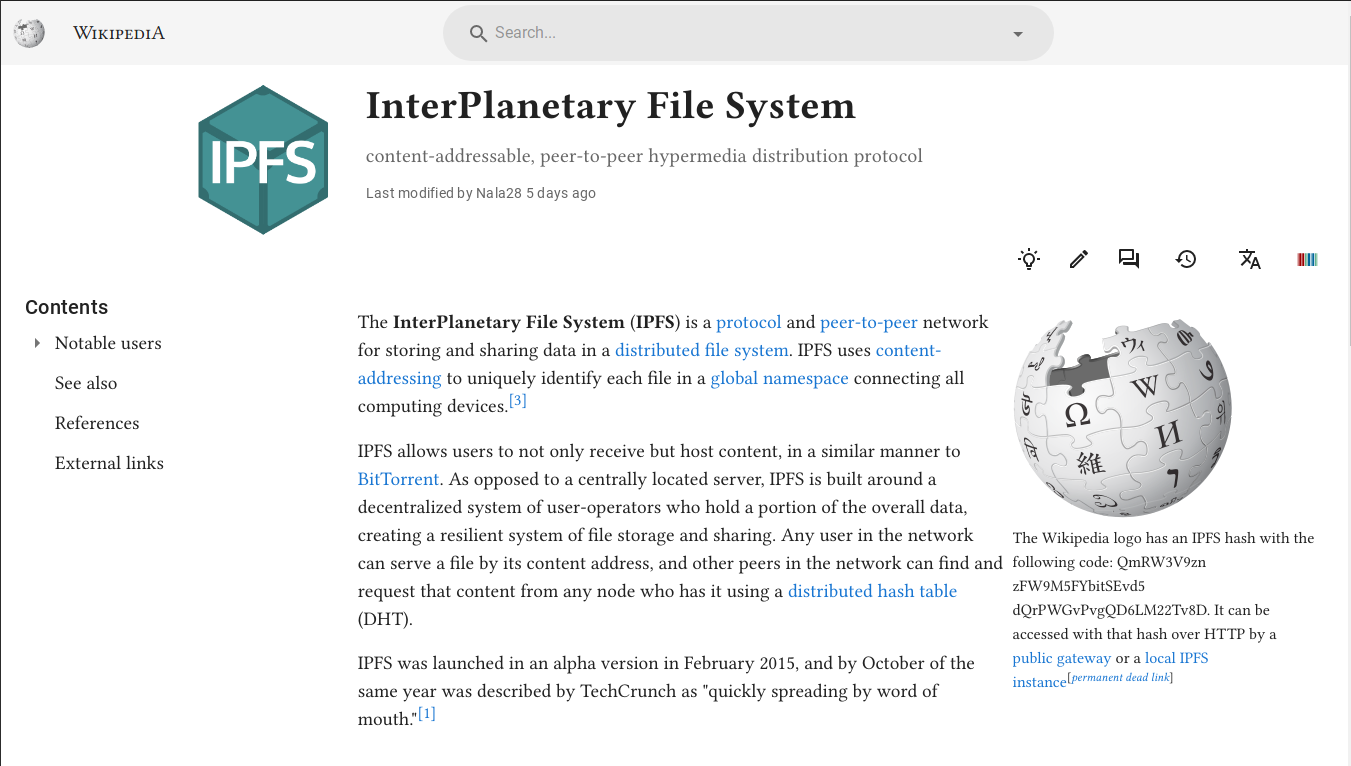It has been more than a month since lockdown is announced in Kerala. The world has changed and never going to be same. I thought of leaving a write up here, mainly for future self to recollect how did I spend this time at home.
Sunday, March 21st was general curfew in India. On the same day, Kavya’s grand father passed away at Thodupuzha. Since travel was not allowed on the day, we could not travel from Thiruvananthapuram to Thodupuzha. On Monday 22nd we travelled in a taxi to Thodupuzha. The funeral was very minimal due to the special circumstances and government orders that prevent people to attend functions. We returned on the same day back to Thiruvananthapuram. While we were travelling back, lock down was announced from next day - 23rd onwards.
From 23rd March, till today, 26th April, we did not step out of our apartment. We were privileged to have groceries and essentials delivered by nearby hypermarket.
My employer, Wikimedia foundation announced reduced work time for staff to reduce stress during these times. At the same time, the wikipedia article translations system that I am lead engineer for, is seeing double usage these days. So, getting the system up and running is more important. Kavya continued her PhD related activities from home.
My parents at Palakkad were doing ok. They were with my sister. The village life is relatively self sufficient for essentials and groceries. The only issue they have is our Solar electricity plant stopped working due to battery complaints and there is no way to repair till lockdown is over. They had to rely on grid supply and it has frequent outages. At the peek of summer, this made them a little uncomfortable, especially at humid and hot nights.
For me, it was very difficult to focus on work in early days of lockdown. Distractions and stress due to all negative news all over the world was not easy to handle. But as the days passed by, the new normalcy was accepted. I was able to focus back to work and projects again.
The Kerala Chief minister Pinarayi Vijayan started daily press conference in the evenings, updating the people about the Covid-19 statistics of the state and various steps the government has taken.
The text below the logo of Kerala government - കേരള സർക്കാർ - is written using Manjari font.
Fonts
The Kerala health department publishes daily COVID-19 reports and they use Manjari (example). Sometimes the numbers in table in Manjari font is slightly difficult to read when you want to compare the numbers in columns across rows. This is because each digit will take a proportional horizontal space and not fixed width. So I updated Manjari font to have tabular numbers using the opentype tnum feature. I also added the slashed zero for the better reading in numerical contexts. Manjari 1.800 was released on April 4th.
I had also updated the Chilanka font. I released Chilanka font version 1.500 on March 21st. The new version included all the glyphs required for IAST transliteration scheme.
CMO Kerala corpus
Apart from the press conferences, the Chief minister’s office published detailed press releases about the Covid-19 situation in various social media platforms. In Telegram, the CMOKerala channel was also publishing them. This channel started in 2017 had very frequent updates too. I collected all of these content and cleaned up as a text corpus. The content is since 6 June 2017 to 19 April 2020. English content is removed and only Malayalam is retained. Content is split to sentences. I added CMOKerala corpus as part of SMC Corpus. The content is very formal Malayalam in administrative domain and I hope it will be useful for researchers.
Speech corpus
SMC also has a speech corpus - named as MSC - Malayalam Speech Corpus. Kavya is doing her research on Malayalam Speech and this crowd sourced corpus with open licensed content helps to create required data. We have a mobile phone friendly website https://msc.smc.org.in to easily record speech by reading sentences in the screen. Many people already contributed their voice to this corpus. I also helped with my voice. While recording I noticed that the spectrum analyser displayed in the UI of this application is not visible due to its hardcoded color. The Vue component used for this is Vue-Dictaphone. I filed an issue to make this customizable. No surprise, the developer asked if I can submit a patch for fixing it. So I submitted a patch and the developer merged it. The new version was released and it was broken due to outdated build chain. I submitted another patch to modernize the whole library. That resulted a new major version release of vue-dictaphone - 2.0
The initial set of sentences in MSC - Malayalam Speech Corpus was just proverbs. Kavya updated it with a new set of sentences - conversations in daily life. I helped adding a category selector in the UI.
New SMC website
I had started the development of new version of SMC website as the current one is very old and does not have much information. I also wanted a detailed page for each font with glyph previews. I continued the development of this website.
I am designing this as a responsive website and possibly a Progressive web app. For each font, I am extracting the included glyphs and metadata as json formatted content to use in this website. When a new version is released, this content will be updated and website will be updated automatically
Malayalam morphology analyser
കോവിഡ്(COVID), കൊറോണ(Corona) - these words became well known Malayalam words. This means, the Malayalam morphology analyser need to be aware of this and should be able to parse sentences with these words. I updated the mlmorph lexicon to include these words.
The Malayalam morphology analyser also got few other updates. The quotative mood forms of Malayalam is supported now. Examples are ചിരിച്ചത്രെ, ചിരിച്ചുവത്രെ. Desiderative mood forms are also added. Examples are വരേണ്ടതായിരുന്നു, വരണമായിരുന്നു, വരവേണമായിരുന്നു etc.
Kavya has a researcher colleague in her college. She is from Kumali, an eastern place in Idukki district. The regional dialect for negating verbs are different there. വരില്ല becomes വരുകേല. പോകുകേല, ചിരിക്കുകേല, ഓടുകേല are some more examples. Kavya picked up this accent slightly. I added these negation forms in mlmorph.
Wikipedia
On the work front, at Wikimedia foundation, I am currently writing some parts the translation system in VueJS framework. As this is one of the early project that use Vue in wikimedia foundation, it is exciting, but progressing very slowly since the team capacity is thin. We were trying to hire new developers and I intereviewed many candidates in February and March. The Content translation project crossed another milestone of creating 600,000 new articles using it.
As the world is mostly locked down, our translation system saw a sharp increase in usage. Usually about 3000 articles are created using the system. During last 4 weeks, we see nearly 6000 translations per week. I created a quick live dashboard to see the new translations published.
I was trying to have an opensource, open corpus based machine translation system in Wikimedia. I was colloborating with OpusMT project by University of Helsinki. The efforts in this front was articulated by Dr. Jörg Tiedemann from University of Helsinki in a paper submitted to European Association of Machine Translation summit planned for November 2020 at Lisbon, Portugal. The paper titled “OPUS-MT – Building open translation services for the World” also lists me as co-author since I had contributed code to the system. Good news is, the paper is now accepted for the conference.
Wikipedia is seeing high traffic during the Covid-19 pandemic. I had started a big experimental project to modernize wikipedia. It had two parts - a modern interface to Wikipedia, that anybody can host anywhere and even run as desktop or mobile apps. That is Wikivue. It is currently running at wikipedia.thottingal.in. The second part of exploration is to see how wikipedia can be hosted in decentralized web(p2p web). Last year I was focusing on dat protocol. But dat project is inactive these days. The other candidate I wanted to try is IPFS.
I got a long week end from April 22(Earth day) to April 26 as Wikimedia foundation gave a global holiday. I spent most of this time to experiment with IPFS and how to host wikipedia in it. I wrote some code as proof of concept and more importantly I wrote a big document on a potential architecture for decentralized wikipedia. I hosted the wikivue in IPFS too.
Skills
We enjoyed cooking the food together. Did some experiments in kitchen too, like making Kubooz.
I wanted to learn and practice some aspects of free hand drawing and understanding perspectives. So I started following the lessons at Drawabox.com
One skill that everybody wanted these days is hair cut. Since that is hard and can cause unexpected results, the easy path is shaving the head. Kavya was lucky to get her first ever chance to experiment this on my head. The result was unique but did not matter much since nobody see it during lockdown time. I saw friends posting pictures of their experiments with hair cut too, but they were better.
This too shall pass
The lockdown is not over. The pandemic is going on. Life goes on. This too shall pass.
